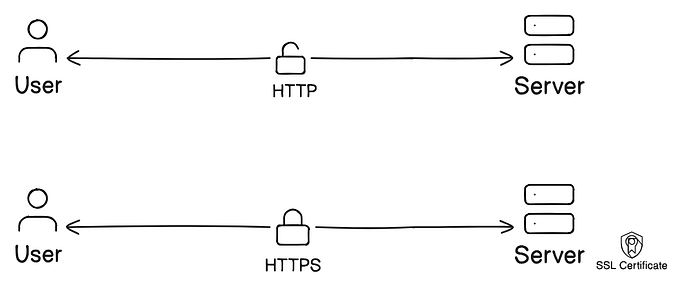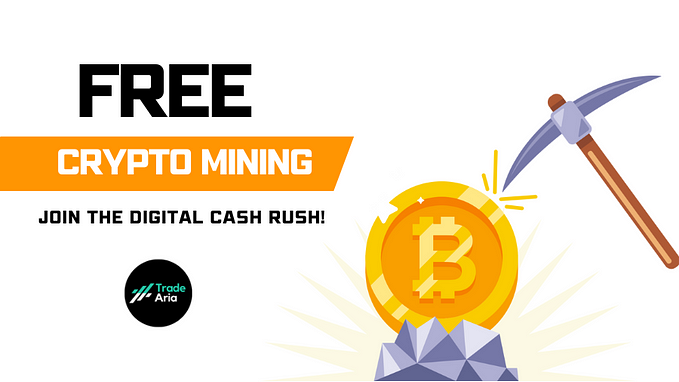The Scalability Challenge in GameFi: How Blockchain Games Can Handle Mass Adoption

Find out how blockchain games overcome the problems of scalability that arise with the onset of a large number of users and integrate Layer 2 solutions, sharding, and other features for smooth gameplay.
Over the last few years, great developments have been attained in the application of blockchain technology across multiple industries, such as gaming. As for the benefits of the games based on blockchain technology, the players get real possession of the in-game objects, clear contracts, and decentralized finance and economy systems.
Blockchain integration, together with gaming, has become an interesting concept labeled GameFi (Game Finance) for game enthusiasts, game creators, and investors. However, there are some problems related to the increase in capacity within this ecosystem, which poses a threat to the further development of its seed.
Here in this blog, we will explore the challenges of scalability affecting blockchain gaming and potential solutions to each of them.
Understanding the Scalability Challenge in Blockchain Games
GameFi combines the best elements of traditional video games with DeFi technology, which gives those who play a safe way to own, trade, and earn to play on in-game items. This extraordinary idea has raised the interest of enthusiasts of gaming and investors; however, for GameFi to grow genuinely, scalability must be dealt with to the fullest.
Scalability refers to a blockchain network’s capacity to manage a growing number of transactions or users while maintaining performance and security. Scalability is critical in gaming to provide fast gameplay, efficient transaction processing, and a consistent user experience. Unfortunately, many blockchain networks, particularly famous ones like Ethereum, have scalability issues owing to network congestion and expensive gas expenses.
Scalability Challenges in Blockchain Gaming
Transactional Speed
Truly, one of the most significant challenges in blockchain gaming is acquiring sufficient transaction rates to support real-time game interactions. Generational blockchain frameworks may have issues with the handling of transactions, thus making the networks sluggish.
Cost
Gas prices, which are the transaction fees, can filter players out of blockchain games, especially when the game’s transactions are frequent. The extent of trading on some networks might be more expensive than the value of the objects traded in a game and economically unsustainable for the participants.
Network Congestion
Network congestion is one of the scaling challenges that blockchain gaming, especially GameFi, experiences frequently. Taking a look at the traffic, one gets to know that busy blockchain platforms like the Ethereum family quickly attain a jam within the shortest time, leading to slow processing of transactions and high charges. This congestion hampers the efficiency and effectiveness of a game that gamers expect and, hence, may cause reluctance to participate in the game.
An example in point of the said contradiction is Yuga Labs’ tweet concerning their need to switch to another chain, indicating the current one is congested. Therefore, strategies need to be developed that help to decongest the network while delivering the best gaming experience to the players.
Smart Contract Scalability
Smart contracts are an essential part of blockchain gaming as they facilitate the logic of blockchain games and ensure safe ownership of the game assets. However, as DeFi gaming platforms grow and incorporate more users, the efficiency of smart contracts begins to matter more.
According to research on the annual transactions witnessed in GameFi, which range from 130–185 million with a volume reaching $3.3 billion, scalability is required to ensure a faultless experience and minimize crashes.
Interoperability
Most of the Web3 gaming platforms operate on multiple blockchain networks and protocols and thus face compatibility problems. Interoperability of the assets enhances the overall gaming experience and the capacity of the assets to be of optimal utility within a game. Thus, the elimination of these interoperability issues would significantly enhance the expansion and scalability of the GameFi system.
Inter-block technology is one way to achieve this, and it is called cross-chain bridges. In GameFi, cross-chain bridges allow players to exchange items within their games between various networks. They are also essential to enhancing the realm of GameFi and the level of liquidity.
Nevertheless, disparities in in-game assets are proven to be a highly risky threat to the GameFi ecosystem regarding cross-chain bridges. Contracts on both sides of the bridge should provide that the same quantity of assets be received and burned.
Orientation of Users
It is well known that the vast majority of gamers worldwide are still using Web 2.0. The vast majority of people are unaware of the potential that Web3 provides. This also comes with the technical know-how required to connect with play-to-earn games, which act as a denial of user acquisition because the creation of a wallet and a basic understanding of how cryptocurrencies work through a blockchain are required.
To solve this, game creators and studios have to develop a plan through which interaction with the Web3 game platform can be possible without needing to come across the inner workings and without even knowing that they are in p2e. Therefore, there is a need for individuals to be trained properly or at least aware of good practices and share them through social networks or community projects.
Solutions and Innovations for Game-Fi Scalability
Layer Two Scaling Solutions
Layer 2 technologies, like side chains and state channels, show promise for increasing scalability in blockchain gaming. These technologies allow for off-chain transactions that may be resolved on the main blockchain, decreasing congestion and transaction costs. Ethereum’s Layer 2 scaling solutions, such as Optimistic Rollups and Plasma, seek to boost scalability while maintaining the security of the underlying blockchain.
Optimized Smart Contract Design
As GameFi emerges, game developers are always searching for new ways to enhance the structure’s smart contracts. Performance is being enhanced for smart contracts through the use of sharding and off-chain processing. Sharding distributes the load across many chains, while off-chain processing reduces the load on the blockchain network, maximizing scalability and efficiency.
Blockchain Interoperability
Interoperability across blockchain networks can also help with scalability issues by allowing transactions to be handled across various chains. Cross-chain interoperability protocols such as Polkadot and Cosmos allow for seamless communication between different blockchains, resulting in faster and more efficient transaction processing for blockchain games.
Scalability-Oriented Blockchains
Some blockchain networks are expressly built for scalability, providing high throughput and low latency to accommodate demanding applications like gaming. To accomplish scalability while maintaining security and decentralization, projects like Solana and Avalanche use unique consensus processes and sharding approaches. These scalable blockchains offer a strong foundation for developing high-performance blockchain games.
Optimized Game Design
Optimizing game design and mechanics can also help with scalability issues in blockchain gaming. Developers can reduce congestion and lessen transaction costs for players by emphasizing off-chain interactions rather than on-chain transactions. Batch processing, asynchronous gameplay, and non-fungible token (NFT) bundling can all assist in speeding up in-game transactions and increasing overall scalability.
How Will the Xield Protocol Overcome the Scalability Challenge in Blockchain Gaming?
The Xield Protocol solves blockchain gaming scalability difficulties with innovative Layer 2 solutions and efficient consensus methods. It uses sidechains and rollups to decrease congestion and transaction costs, allowing for smoother and quicker gameplay.
Furthermore, Xield Protocol uses smart contracts to disperse data and processing demands across different nodes, like sharding, thereby improving overall network efficiency. This GameFi infrastructure offers a smooth gaming experience even during high demand while accommodating an increasing number of players and transactions.
Closing thoughts
One of the significant challenges facing p2e games is scalability, which has a direct impact on the application’s popularity and potential further development; however, such difficulties may be resolved through the introduction of new solutions and the use of effective strategies. Using layers 2, integrating blockchain compatibility, utilizing scalability-specific blockchains, and enhancing game design, the developers can effectively combat the scaling challenges and harness the full potential of blockchain gaming. This is scalability, which will be a big area of focus as an industry develops, to advance and improve the blockchain-based gaming industry in the future.
However, the main problem of scaling hinders blockchain gaming from going mainstream; but with the help of the Xield protocol, the developers can open the way to a new, more scalable, and more accessible gaming world. Challenges related to scalability and readiness to deal with innovations make the future of GameFi bright, as it can change the existing notions of gaming and interactions in the future.










